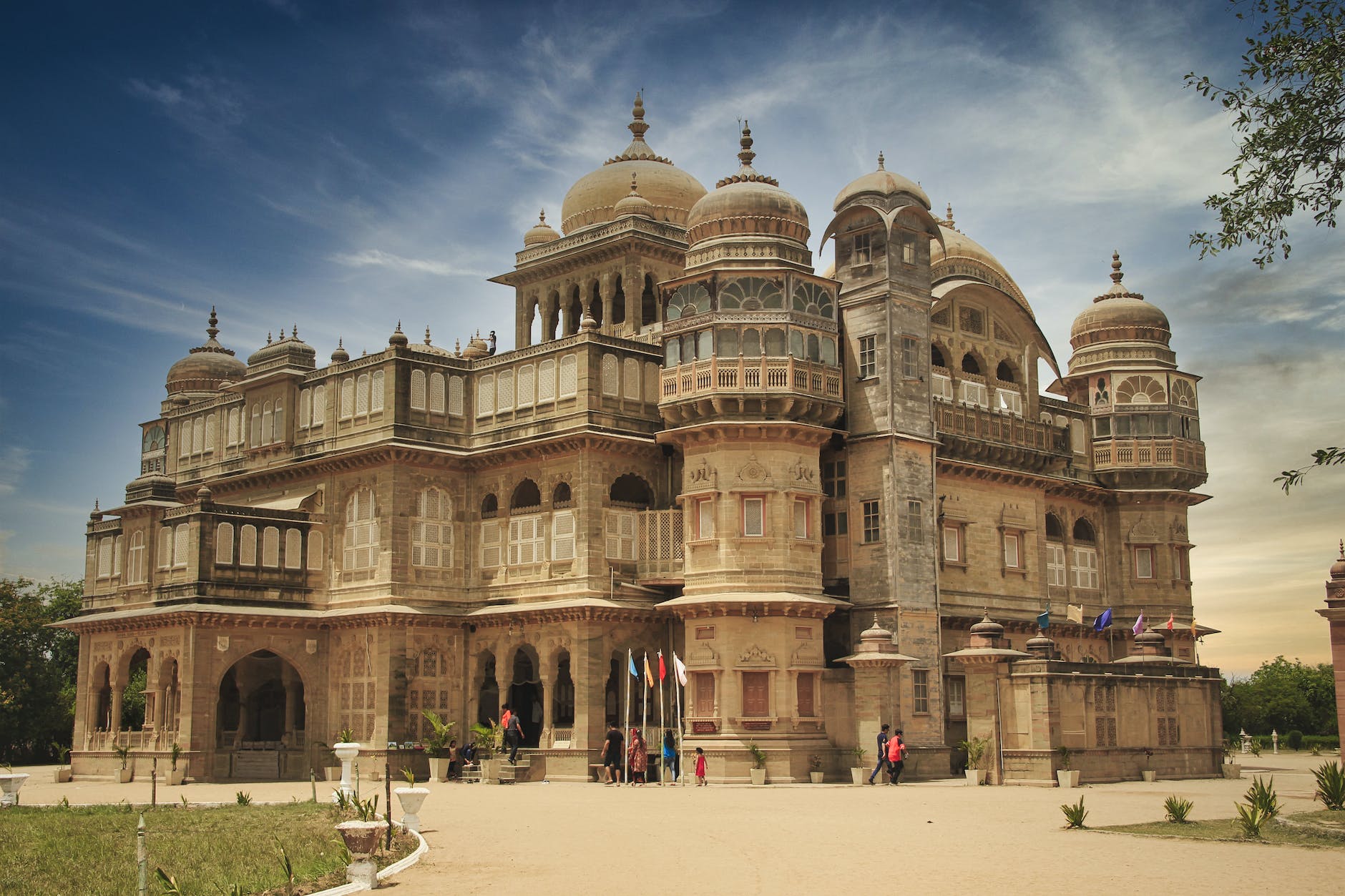
15 cities in India that were ruled by the Mughal Empire
The Mughal Empire in India was one of the most powerful and influential dynasties in South Asian history. It was founded by Emperor Babur in 1526 and lasted until the mid-19th century. The empire encompassed a large part of the Indian subcontinent and at its peak, it stretched from Kabul in modern-day Afghanistan to Bengal in eastern India.
Under the leadership of Babur and his successors, most notably Akbar the Great, the Mughal Empire experienced a period of unprecedented cultural and artistic brilliance. The empire saw significant advancements in architecture, literature, music, and the visual arts. It was during this time that the famous Taj Mahal was constructed as a testament to the Mughal aesthetic and architectural prowess.
The Mughal Emperors, influenced by Persian culture, were known for their patronage of the arts and their tolerance for diverse religious and ethnic communities. Akbar, in particular, introduced policies of religious tolerance, which led to the flourishing of a syncretic culture known as the “Akbari era,” where Hindu and Islamic traditions merged to create a unique cultural identity.
However, the Mughal Empire also faced challenges, including conflicts with rival regional powers, rebellions, and the decline of central authority towards the later part of its history. The empire underwent a period of political instability and witnessed the rise of various regional kingdoms.
The Mughal Empire left a lasting impact on India’s history, art, architecture, and cultural heritage. Many of their architectural marvels, such as the Red Fort in Delhi and the Agra Fort, still stand as testaments to their grandeur and influence. The empire’s legacy continues to be celebrated and studied, making it an integral part of India’s rich historical narrative.












